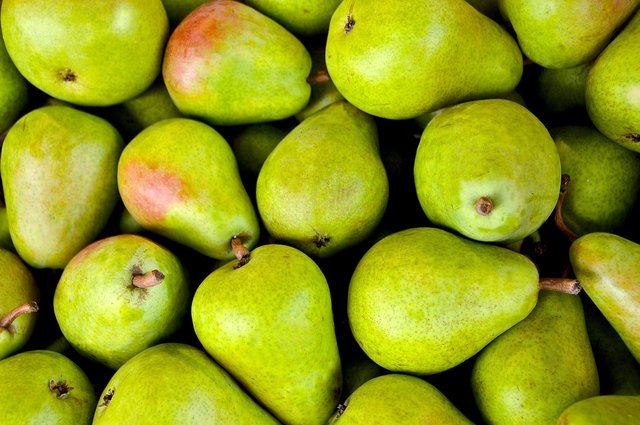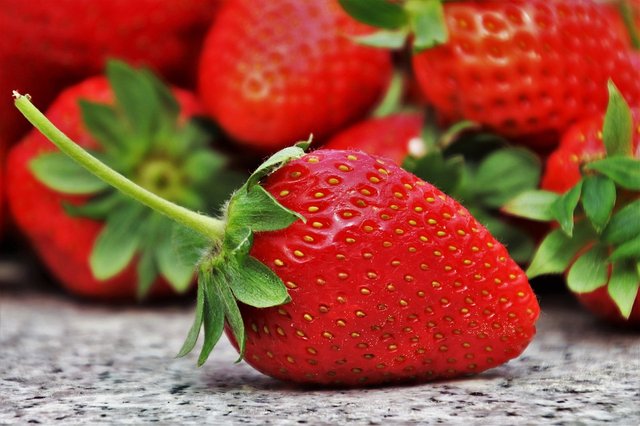Seasonal feeding
Nowadays, thanks to the ease of importing products from anywhere in the world, we can buy a wide variety of fruits and vegetables in any season of the year. The seasonal and regional products are however to be preferred for different reasons.
Whether it's strawberries at Christmas, grapes in spring or Belgian endive in summer, the supermarket offer is such that consumers are used to having a wide variety of fruits and vegetables available all year round. But because of this continuous availability, many people no longer know how to recognize seasonal products.
Respect for the environment
To ensure that they are available in all seasons of the year, fruit and vegetables are often harvested too early, the sun can only see them through the windows of the greenhouses and before arriving in our stores they have to make a long trip. All this damages the environment, as greenhouses and transport consume energy and produce a lot of CO2. Conscious consumption and sustainable nutrition, on the other hand, can damage the climate much less.
Respect for health
By buying seasonal and regional products, we contribute to the well-being of our body. The foods that come to us after a long transport have lost important vitamins and nutrients. Vegetables and fruit growing in greenhouses in warmer climates also contain more harmful residues, as they must undergo intensive treatment with plant health because of the hot and humid climate.
In addition, vegetables grown in greenhouses, compared to those growing outdoors, have a higher concentration of nitrates. Nitrate is a naturally occurring mineral substance in the soil, which arrives in plants mostly through fertilizers and is harmless in it. However, in the body it can turn into nitrite, a compound that is harmful to health.
Another important advantage of regional products: their taste is better.
Seasonal tables
Choosing a seasonal diet does not mean renouncing the variety of dishes. The opposite is true: every month there are many foods that come to maturity and with which you can create very varied menus.
On many websites, for example the WWF, the Coop or the Micros, you find useful information on this and also seasonal tables that list the different types of fruit and vegetables that grow in our country. Read these tables and find out what the seasonal products are.


